Radioactive waste
Where does radioactive waste come from?
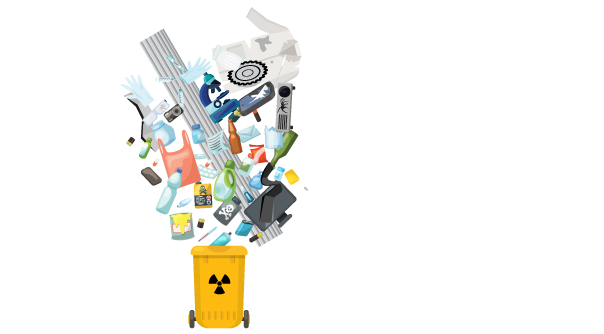
What is radioactive waste?
Kunnen we nucleaire restanten niet meer onstmetten, recycleren of recupereren? Dan spreek je van 'radioactief afval'. Radioactive waste looks like household and industrial waste: all kinds of substances, materials, tools, appliances, pipes, broken-down installations, protective clothing that is no longer usable, etc.
However, there is an important difference: radioactive waste emits ionising radiation. This radiation penetrates material and can alter it or damage living tissue.
Radioactive waste can therefore be hazardous to people and the environment. Ionising radiation does die down over time, but until it reaches an acceptable level, we need to isolate it.
What is the origin of radioactive waste?
-
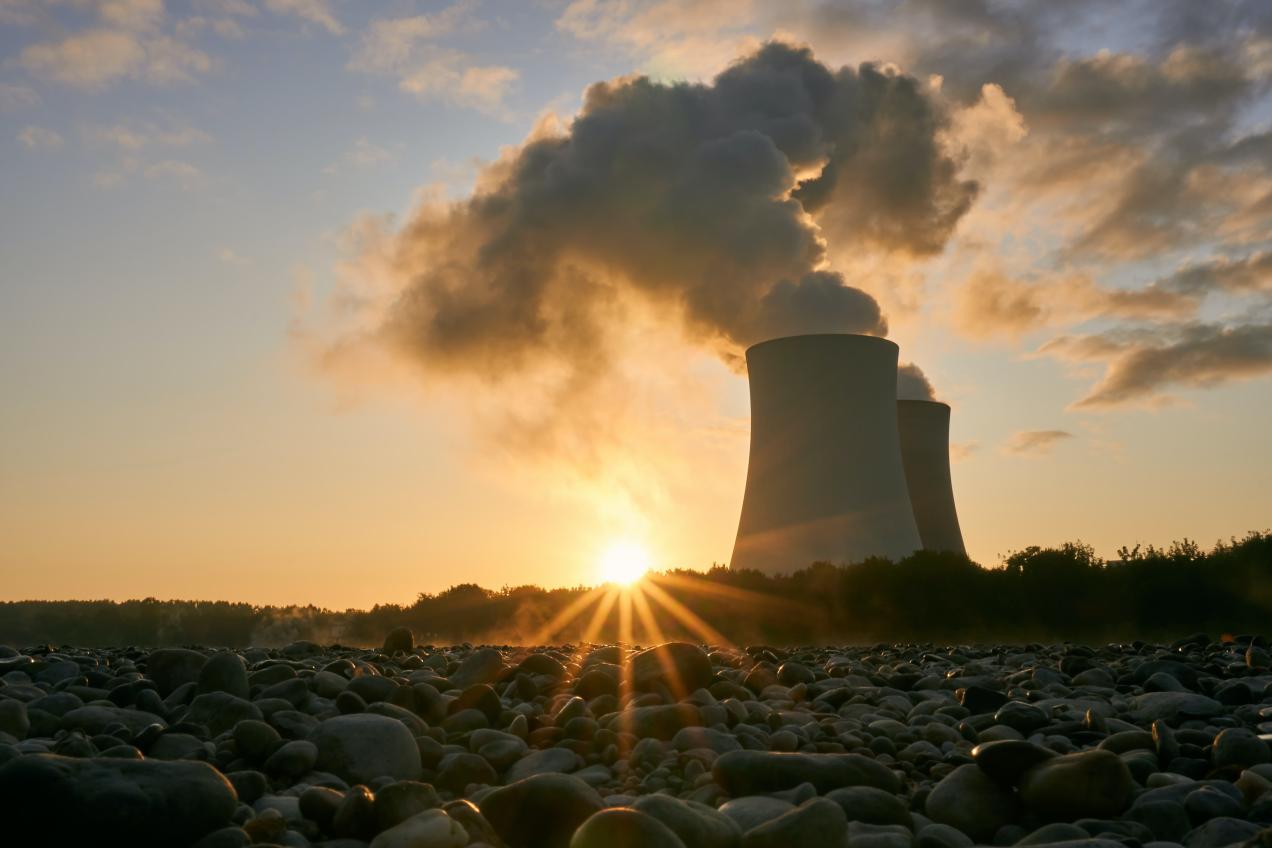
Kerncentrales
1. Waste from electricity production
- waste generated during uranium mining;
- spent fuel rods from the nuclear power plant.
Spent nuclear fuel can be 95% reused. We call this 'the reprocessing'. The remaining 5% and the materials used during the fission process together make up nuclear waste.
2. Waste from the future decommissioning of Belgian nuclear power plant
97% of all the waste is not radioactive or only slightly contaminated. Thus (after decontamination treatment), it ends up recycled in the construction sector or is further disposed of as conventional waste.
Recovering remnants, decontaminating and releasing materials, dismantling nuclear installations such as a nuclear reactor... SCK CEN is a pioneer.
🔗 Click further to learn more about this expertise. -
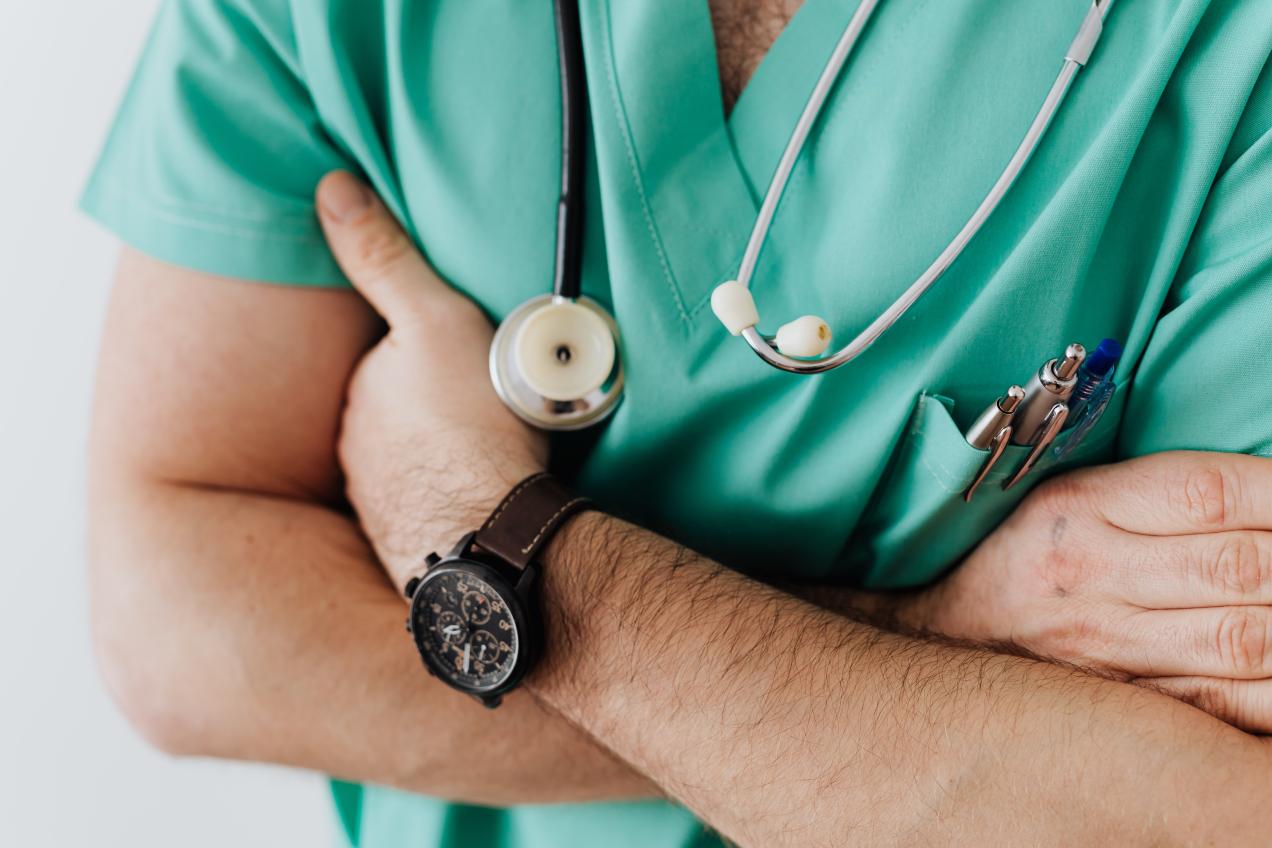
Medical field
- Disinfecting hypodermic needles or other medical equipment
- Diagnosing and searching for tumour
- Irradiating medicines so that they have a longer shelf life
- Irradiating tumours or blood vessels to treat diseases
- Taking X-ray
- ...
SCK CEN is tackling cancer, for example by producing crucial medical radioisotopes.
🔗 Read here how we do so. -
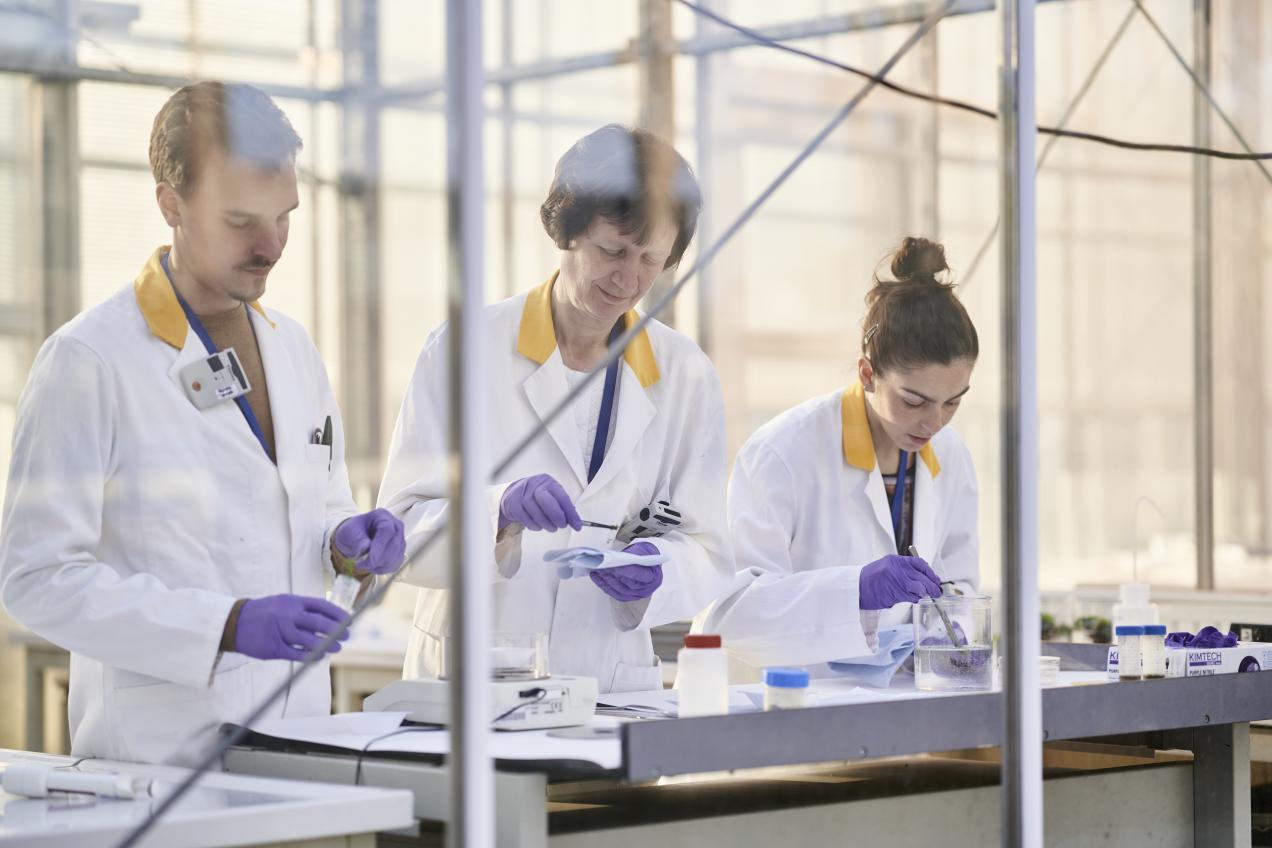
Research centres and universities
- Research for better health: from cancer control to health effects at low doses and space research, etc.
- Research for a more sustainable environment: from the decommissioning and decontamination of nuclear facilities to far-reaching waste and disposal research, etc.
- Research for more innovative technologies: such as material testing for new facilities or research into nuclear fusion, of designing and testing (parts of) new reactors and fissile materials, etc.
- Research for a guaranteed safety: from innovative dosimetric research to low-radioactivity measurements and optimum crisis management
For more than 70 years, SCK CEN has been a world leader in nuclear research, services and training.
🔗 Find out here what we are doing, how we are doing it and why we are doing it. -
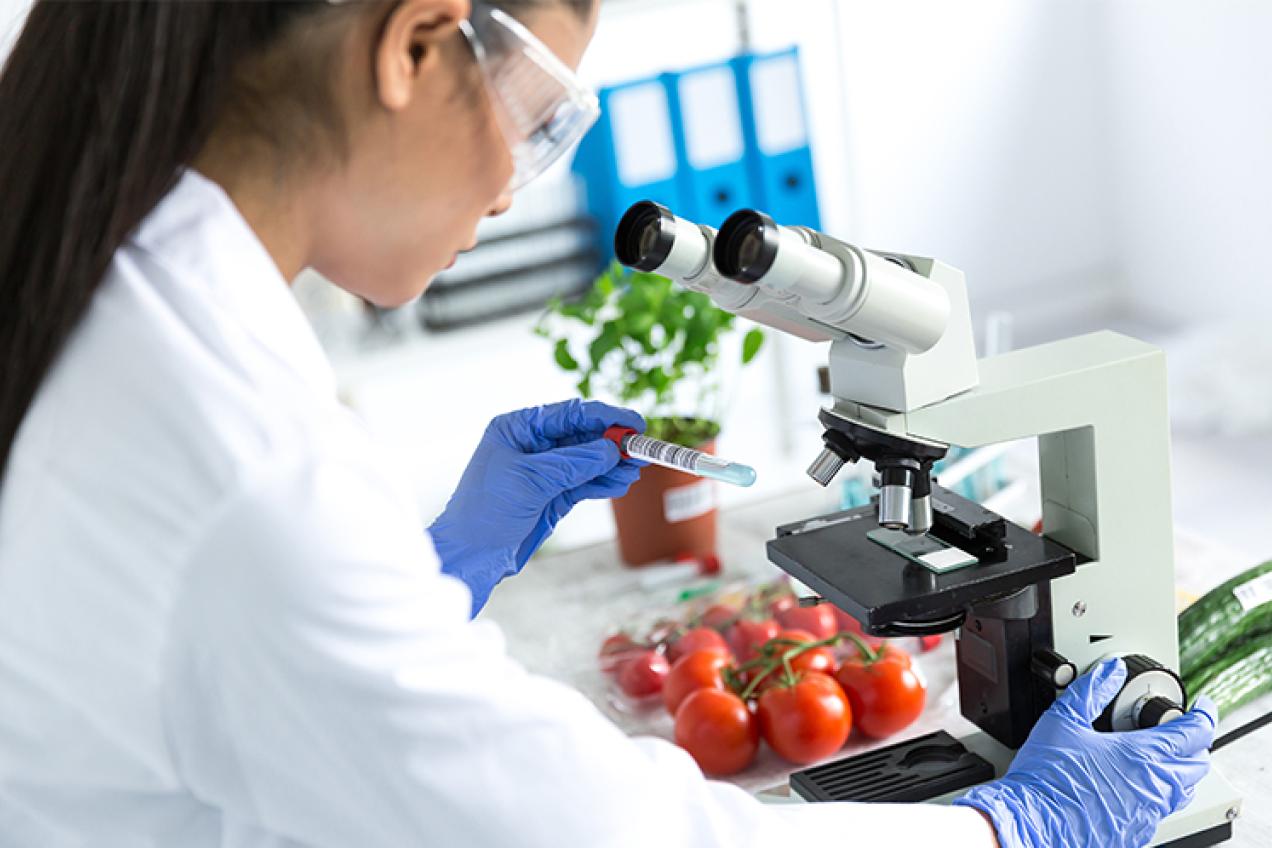
Food sector
Irradiating food with a very low dose of ionising radiation to:
- kill insects, insect eggs or larvae in potatoes, garlic, strawberries, etc.
- render pathogenic bacteria in, for example, meat, spices, dried vegetables and egg products
Irradiated food is not harmful to your health. On the contrary! It provides a great many benefits:
- smaller chance of an allergic reaction
- safer for individuals who are particularly susceptible to infections
- longer shelf life for herbs
- irradiated food retains better colour, taste and appearance
-
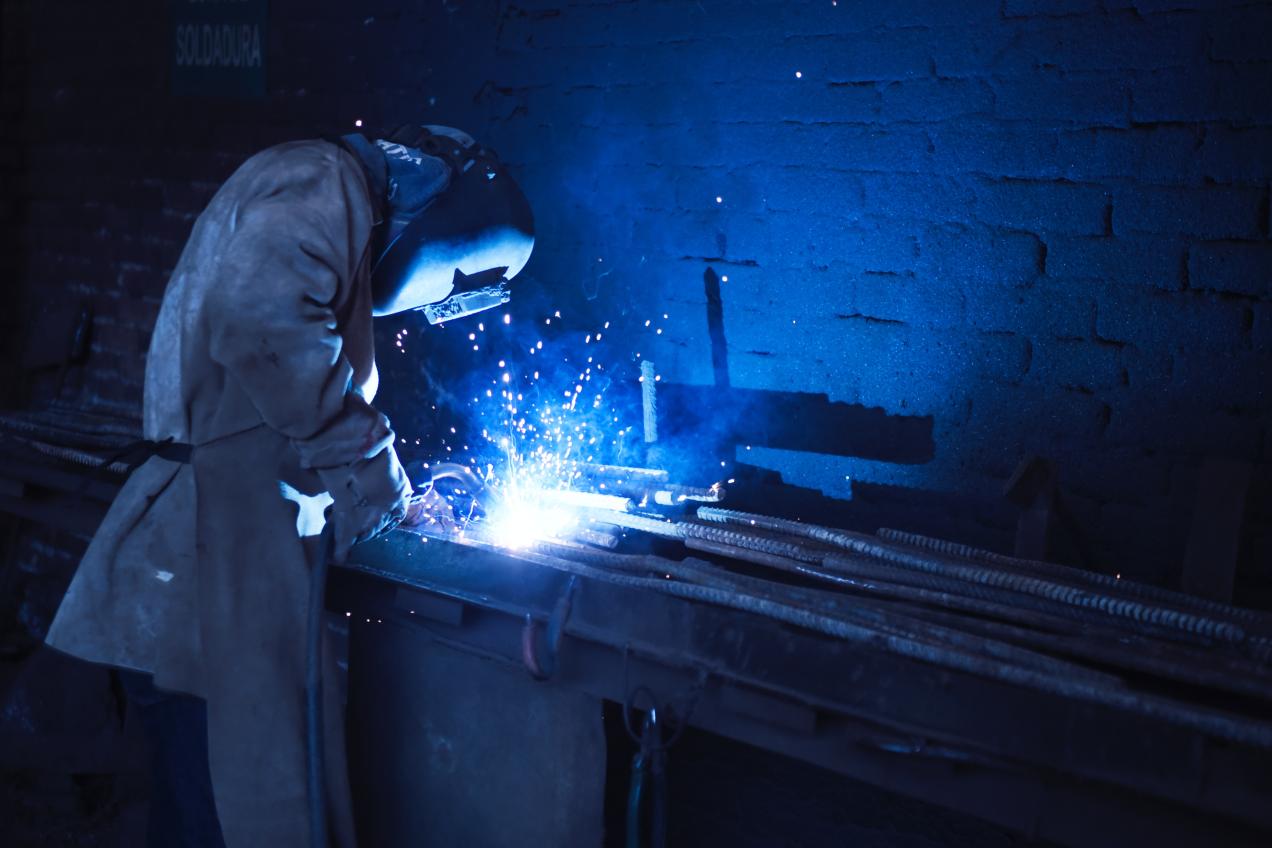
Industry
- Inspections of welds, castings, pipelines, machine parts, etc.
- Reliable thickness or weight measurement of flat materials: from paper to foils and steel sheets
- Precise level detection in large storage tanks